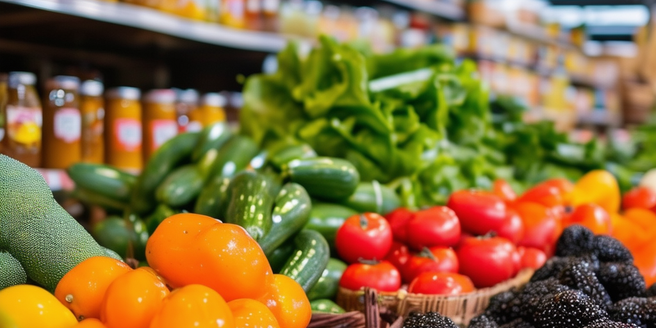Understanding the Importance of Food Pantry Locators
Food pantry locators play a crucial role in connecting individuals and families with essential food resources. In many communities, access to food can be a significant challenge due to various factors such as economic hardship, lack of transportation, or geographical isolation. Additionally, the use of mobile apps makes it even easier for people to find food assistance quickly. By leveraging technology, food pantry locators simplify the process of finding nearby food banks or pantries. This not only helps ensure that food-insecure individuals receive the help they need but also helps reduce food waste by directing supplies where they are most needed.
How Food Pantry Locator Services Work
Food pantry locator services typically operate through websites or mobile applications that use geographic data to identify nearby food pantries. Users can input their location information, and the service will display a list of available food resources in the vicinity. Some advanced locators also provide details such as operating hours, types of food available, and eligibility requirements. Additionally, community reviews and ratings can help users choose the best options for their needs. By streamlining this process, these services make it easier for individuals to access vital nutrition and support, reducing the barriers to obtaining necessary food supplies.
Top Features to Look for in a Food Pantry Locator
A reliable food pantry locator should include features such as an easy-to-use interface, accurate and up-to-date information, and comprehensive search filters. Filters might include options to search by food type, operating hours, or specific eligibility criteria. Additionally, it would be beneficial if the locator offered contact information for each food pantry for users who may have questions. Another valuable feature is the inclusion of user reviews or ratings, which can provide insights into the quality and reliability of the food pantry. Accessibility features, such as language options and support for users with disabilities, further enhance the utility of the service.
Benefits of Using Food Pantry Locator Services
Utilizing food pantry locator services offers numerous benefits to individuals and communities. These services help reduce food insecurity by making it easier for people to find and access food resources. They also help optimize the distribution of food supplies, ensuring that they reach those who need them most. By leveraging technology, these services often provide real-time information on food availability and pantry hours. Additionally, food pantry locators can increase awareness of available resources, encouraging greater community engagement and support for local food banks and pantries. Overall, these services contribute to a more resilient and food-secure community.
Challenges Facing Food Pantry Locator Services
Despite their benefits, food pantry locator services face several challenges. One of the primary issues is maintaining accurate and up-to-date information, as food pantries may change their locations, hours, or services frequently. Another challenge is ensuring accessibility for all users, including those without internet access or those with limited digital literacy. Privacy concerns may also arise, as users might be hesitant to share personal information needed to access certain services. These problems can create barriers for those in need of essential resources. Addressing these challenges requires ongoing collaboration between service providers, food pantries, and the communities they serve.
Future Trends in Food Pantry Locator Technology
Future developments in food pantry locator technology are likely to focus on increasing accessibility and integration with other services. Enhanced mapping technologies, real-time data updates, and improved user interfaces are expected to make these services even more user-friendly and efficient. Additionally, integrating food pantry locators with other social services, such as housing or healthcare resources, could provide a more holistic approach to supporting individuals in need. This holistic integration can significantly streamline the process for users, allowing them to access multiple resources through a single platform. The use of artificial intelligence and machine learning to predict and respond to food supply and demand trends may also play a significant role in future advancements.



